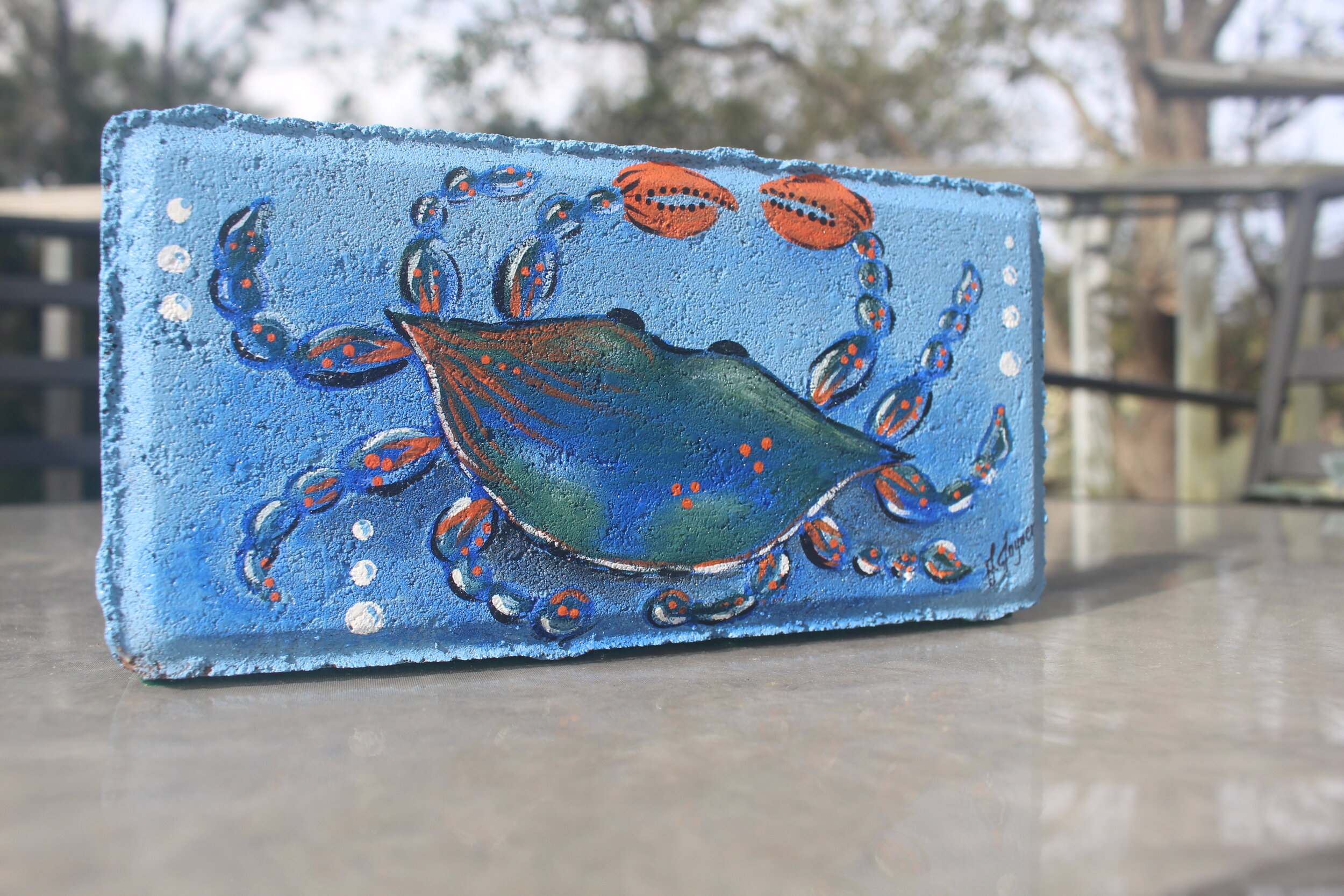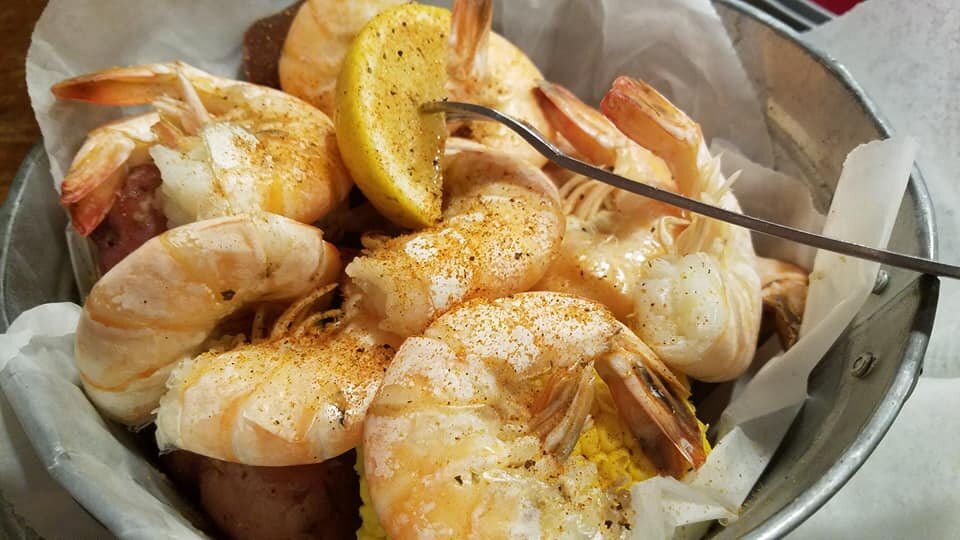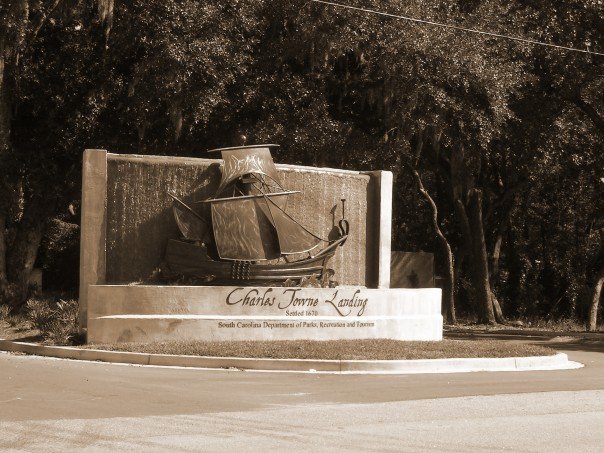Island In the Stream
Brandon Joyner
(A Brief History of Kiawah Island)
There are so many places in the Charleston area where you can slip your toes in the sand. But there are fewer where you can take a 3-Wood to whack a tiny speckled ball down an endlessly long fairway as hard as you can. From said greenway, you can view the water from the ocean lap against the shore within spitting distance as you do so.
But the serene beauty of these fairways and the surrounding area wouldn’t be located in the South if the history wasn’t sprinkled with its share of tears and heartache.
Up until the 1600s the island was home to the “Kiawah” (KEE-a-wah) Indians. Invaders carrying guns and diseases (such as small pox) eliminated those that were not held in captivity until only the name of the tribe remained. The land granted to and stolen by literal pirates of the time; the entire 10-mile island would eventually be owned by a one John Stanyarne in 1737.
Eventually turned over to the Vanderhorsts, Kiawah was owned by this famous family for over two centuries. During this period, the island saw the successful planting and harvesting of cotton, invasion by enemy armies during the Revolutionary and Civil Wars, and the eventual destruction of the family business by natural disasters and mismanagement.
One of the few memorials from that day and age is the Vanderhorst Mansion. It wasn’t added to the National Registry of Historic Places until 1974!
Fast forward to 1951. A lumberman from Georgia named C.C. Royal purchased the island for a mere $125,000. This investment paid off when the property eventually sold for over 18 million dollars to a real estate/resort developer just 20 plus years later in 1974.
In 1976, two major parts of the island opened. The Kiawah Inn (according to Kiawahisland.org) sported “two swimming pools, two restaurants and a bar.” It also included the Marsh Point golf course designed by a South African professional golfer, Gary Player, beginning a long-held tradition of the links on this gorgeous barrier island.
It wouldn’t be until the early 90s that Kiawah, in its current state, would come into focus. This was mostly due to the reevaluation of the land and surroundings after Hurricane Hugo in 1989. The bedrock of the tourism and ownership of the island would revolve around the golf courses.
Turtle Point, designed by (possibly the most famous golfer ever) Jack Nicklaus, opened in 1981, and the Tom Fazio designed Osprey Point opened in 1988. They would be joined by their sister courses, the Oak Point (designed by Clyde Johnston) and the Cougar Point (built on the original Marsh Point course and redesigned again by Gary Player) in 1997 and 1996 respectively.
But these many successes would be overshadowed by the singular success of the middle child, the Ocean Course (featured in the Legend of Bagger Vance).
The Post and Courier reported, “The Ocean Course has owned the No. 1 spot in the biennial S.C. Golf Course Ratings Panel’s Top 50 rankings at least since 2014.” This is no small feat. Designed by Pete and Alice Dye, the course was built next to the panoramic view of the Atlantic Ocean. This also adds to the mystique of the par 72 course. The strong winds blowing in from the ocean combined with the “large slopes, numerous bunkers, and challenging Bermuda grass,” it’s also been named by Gold Digest as the most difficult course in America.
During its birth year of 1991, the Ocean Course hosted the Ryder Cup. The ever-popular PGA Championship was played here in 2012, preceded by the PGA Club Professional Championship in 2005. And, in 2007, saw the Senior PGA Championship played on Kiawah. Charleston and golf fans are excited to see the Ocean Course once again host the PGA Championship in 2021.
Whether visiting with friends who own property, taking a morning on the greens or celebrating the cuisine of the master chefs working at the Sanctuary, Kiawah Island has grown to become one of the most sought-after resort destinations not only in the South or America, but the entire world as a whole.
~ Brandon L. Joyner















